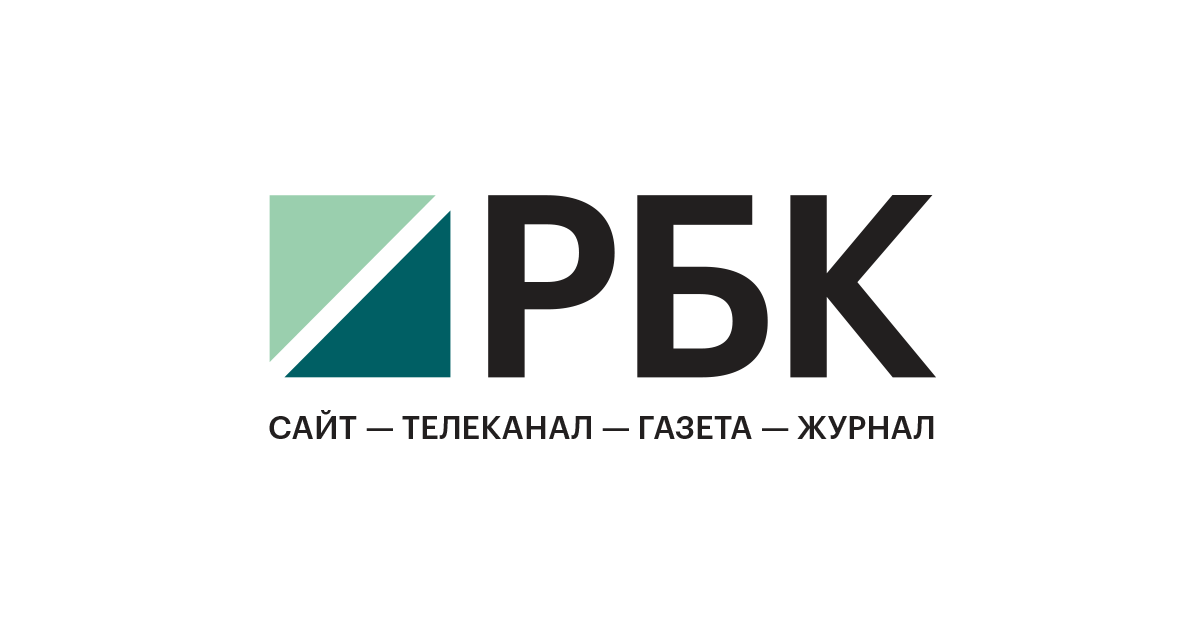The Data Dilemma: A Deep Dive into Russia's Information Crisis
November 9, 2024, 4:09 am
In the digital age, data is the new gold. But what happens when that gold spills into the wrong hands? Recent revelations from Russia paint a grim picture. Nearly 90% of the adult population's personal data is now accessible online. This alarming statistic comes from Sberbank, a leading financial institution in Russia. The sheer scale of this data breach is staggering. Approximately 3.5 billion lines of personal information are floating in cyberspace, vulnerable to exploitation.
The sources of these leaks are not what many might expect. Instead of banks, which are often seen as the primary culprits, the main offenders are internet retailers and medical institutions. These sectors have become the weak links in the chain of data security. In fact, Sberbank reports that only 2% of data leaks originate from financial organizations. This revelation shifts the focus from traditional banking security to the often-overlooked vulnerabilities in e-commerce and healthcare.
The year 2023 marked a peak in data breaches. It was a year when the floodgates opened wide. As businesses rushed to digitize, security measures lagged behind. The consequences were dire. Personal data, including names, addresses, and phone numbers, became fodder for cybercriminals. These criminals are not just opportunists; they are organized and sophisticated. They use this stolen information to conduct phishing attacks and execute elaborate scams.
As we moved into 2024, there was a glimmer of hope. The number of data leaks began to decline. However, the threat remains. The sophistication of scams has increased. Sberbank reported a record number of fraudulent calls to Russian citizens. At one point, there were around 20 million attempted scam calls per day. This was an unprecedented surge. Although the number has since decreased to about 6.5 million, the quality of these scams has improved. They are now more convincing, making it harder for individuals to discern between legitimate calls and fraudulent ones.
The financial implications of this crisis are staggering. Sberbank estimates that in 2024, the total theft from Russian citizens could reach 250 billion rubles. This is not just a statistic; it represents real people losing real money. The economic impact of these cyberattacks is also significant. By the end of the year, the total damage to the Russian economy could reach 1 trillion rubles if current trends continue. This figure underscores the urgency of addressing the data security crisis.
The Bank of Russia has also reported alarming figures. In the second quarter of 2024, criminals managed to steal 4.7 billion rubles through 257,000 fraudulent transactions. While banks have successfully prevented the theft of nearly 2.3 trillion rubles, the recovery rate for stolen funds is dismal. Only 6.1% of the money taken has been returned to victims. This statistic highlights the challenges that both individuals and financial institutions face in combating cybercrime.
The vulnerabilities extend beyond just financial data. Recent reports indicate that even major tech companies are not immune. Qualcomm, a leading chipmaker, confirmed that hackers exploited a zero-day vulnerability in its chipsets. This flaw allowed attackers to infiltrate devices running on popular Android systems. Such breaches demonstrate that the threat landscape is vast and varied. No sector is safe.
As the digital world continues to evolve, so too do the tactics of cybercriminals. They adapt and innovate, making it imperative for individuals and organizations to stay one step ahead. Awareness is key. People must be educated about the risks and learn how to protect their personal information. Simple measures, such as using strong passwords and being cautious with sharing information online, can make a significant difference.
Moreover, businesses must prioritize data security. This means investing in robust cybersecurity measures and regularly updating systems to guard against potential breaches. The responsibility lies not only with individuals but also with organizations that handle sensitive information. They must recognize the trust placed in them and act accordingly.
In conclusion, the data crisis in Russia serves as a stark reminder of the vulnerabilities inherent in our increasingly digital lives. With 90% of personal data exposed, the stakes have never been higher. The battle against cybercrime is ongoing, and it requires a collective effort. Awareness, education, and proactive measures are essential. As we navigate this complex landscape, we must remain vigilant. The digital world is a double-edged sword, offering both opportunities and risks. It is up to us to wield it wisely.
The sources of these leaks are not what many might expect. Instead of banks, which are often seen as the primary culprits, the main offenders are internet retailers and medical institutions. These sectors have become the weak links in the chain of data security. In fact, Sberbank reports that only 2% of data leaks originate from financial organizations. This revelation shifts the focus from traditional banking security to the often-overlooked vulnerabilities in e-commerce and healthcare.
The year 2023 marked a peak in data breaches. It was a year when the floodgates opened wide. As businesses rushed to digitize, security measures lagged behind. The consequences were dire. Personal data, including names, addresses, and phone numbers, became fodder for cybercriminals. These criminals are not just opportunists; they are organized and sophisticated. They use this stolen information to conduct phishing attacks and execute elaborate scams.
As we moved into 2024, there was a glimmer of hope. The number of data leaks began to decline. However, the threat remains. The sophistication of scams has increased. Sberbank reported a record number of fraudulent calls to Russian citizens. At one point, there were around 20 million attempted scam calls per day. This was an unprecedented surge. Although the number has since decreased to about 6.5 million, the quality of these scams has improved. They are now more convincing, making it harder for individuals to discern between legitimate calls and fraudulent ones.
The financial implications of this crisis are staggering. Sberbank estimates that in 2024, the total theft from Russian citizens could reach 250 billion rubles. This is not just a statistic; it represents real people losing real money. The economic impact of these cyberattacks is also significant. By the end of the year, the total damage to the Russian economy could reach 1 trillion rubles if current trends continue. This figure underscores the urgency of addressing the data security crisis.
The Bank of Russia has also reported alarming figures. In the second quarter of 2024, criminals managed to steal 4.7 billion rubles through 257,000 fraudulent transactions. While banks have successfully prevented the theft of nearly 2.3 trillion rubles, the recovery rate for stolen funds is dismal. Only 6.1% of the money taken has been returned to victims. This statistic highlights the challenges that both individuals and financial institutions face in combating cybercrime.
The vulnerabilities extend beyond just financial data. Recent reports indicate that even major tech companies are not immune. Qualcomm, a leading chipmaker, confirmed that hackers exploited a zero-day vulnerability in its chipsets. This flaw allowed attackers to infiltrate devices running on popular Android systems. Such breaches demonstrate that the threat landscape is vast and varied. No sector is safe.
As the digital world continues to evolve, so too do the tactics of cybercriminals. They adapt and innovate, making it imperative for individuals and organizations to stay one step ahead. Awareness is key. People must be educated about the risks and learn how to protect their personal information. Simple measures, such as using strong passwords and being cautious with sharing information online, can make a significant difference.
Moreover, businesses must prioritize data security. This means investing in robust cybersecurity measures and regularly updating systems to guard against potential breaches. The responsibility lies not only with individuals but also with organizations that handle sensitive information. They must recognize the trust placed in them and act accordingly.
In conclusion, the data crisis in Russia serves as a stark reminder of the vulnerabilities inherent in our increasingly digital lives. With 90% of personal data exposed, the stakes have never been higher. The battle against cybercrime is ongoing, and it requires a collective effort. Awareness, education, and proactive measures are essential. As we navigate this complex landscape, we must remain vigilant. The digital world is a double-edged sword, offering both opportunities and risks. It is up to us to wield it wisely.

